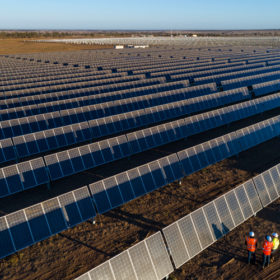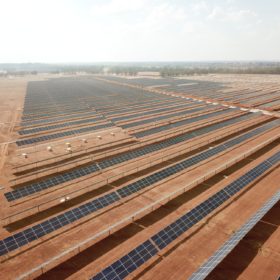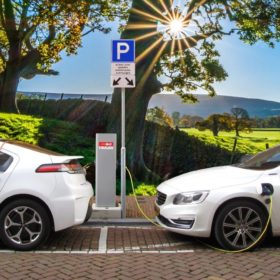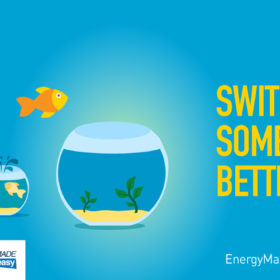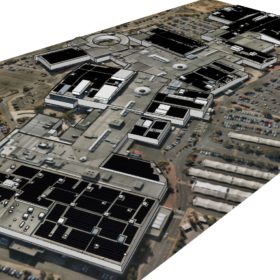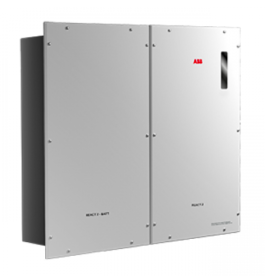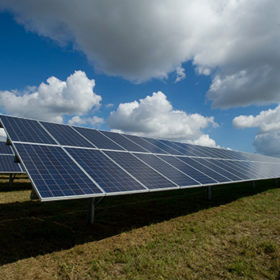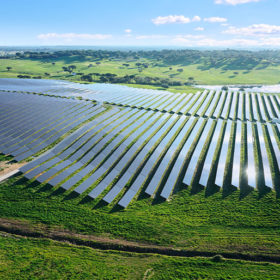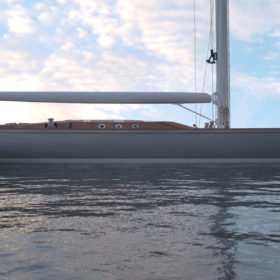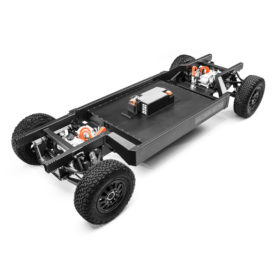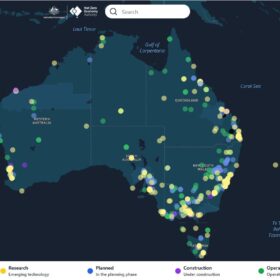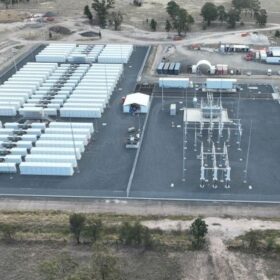Queensland’s economy rests on renewable jobs boom
New analysis from Green Energy Markets (GEM) and community-led group Solar Citizens suggests that more than 51,000 jobs could be created in Queensland (QLD) if all the large-scale renewable energy projects currently in the pipeline were given the green light.
FRV’s 68 MW Goonumbla Solar Farm up and running in NSW
The 67.8 MW Goonumbla Solar Farm, the third of eight projects contracted by Snowy Hydro, is up and running after delivering its first output yesterday.
You can have any EV you want, as long as it’s a Tesla
A new report published on behalf of a majority of Victorian local councils outlines a course of action for large-scale EV charging station rollout across the state. One key finding shows an enlarging gap in charging infrastructure available to those who drive a Tesla and those who don’t.
Solar feed-in upgrade to Energy Made Easy Govt comparison website
Last week the Morrison Government launched the revamped version of its energy price comparison website, Energy Made Easy. The website carries new features installed by the Australian Energy Regulator (AER) designed to help Australians get a better deal on their energy bill.
Solar shopping in the Sunshine State
Topping off a big week for solar in Queensland, Premier Palaszczuk announced the partnership between Energy Queensland owned Yurika and the Queensland Investment Corporation which will see 15 MW of solar installed across five shopping centres.
Fimer’s React 2 added to SA Home Battery Scheme
The offer under the South Australian government’s Home Battery Scheme has been expanded with the addition of Fimer’s residential energy storage solution.
Monash University research exposes national energy productivity shortfall
New research out of Monash University has revealed that Australian states and territories are lagging behind in COAG Energy Council commitments to improve energy productivity by 2030. Modelling shows that national objectives will only be half met.
Neoen to build Australia’s largest solar farm after power deal with CleanCo
Between 460 and 480 MWp in size, Western Downs will become the largest solar farm in Australia, bringing significant regional economic benefits to South West Queensland.
“How’s the serenity?” electric leisure boating to go full-throttle
German electric boating company Torqueedo’s 100,000th sale highlights a shift in leisure and small commuter boating towards the electric.
EVs, platform of the future
U.S.-based Bollinger Motors revealed its patent-pending E-Chassis platform last month, a demonstration that the platform from which commercial fleets can transition to EVs is EV platform-technology itself.
